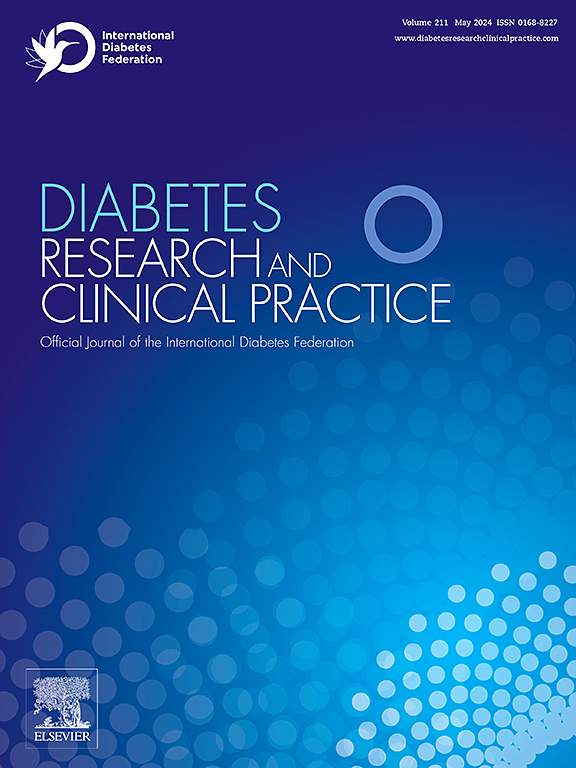Global, regional and national burden and trends of disease attributable to high body mass index in adolescents and young adults from 1990 to 2021
IF 6.1
3区 医学
Q1 ENDOCRINOLOGY & METABOLISM
引用次数: 0
Abstract
Background
The burden of high high body mass index (BMI) in adolescent and young adults (AYA) is largely unknown. Therefore, we aim to assess this burden.
Methods
Data were extracted from GBD 2021. Age-standardized mortality, DALY rates (ASMR, ASDR) and estimated annual percentage change (EAPC) were used to describe the burden. Pearson’s correlation coefficient was used to evaluate the correlation between the sociodemographic index (SDI) and ASMR/ASDR.
Results
From 1990 to 2021, the death and DALY number attributable to high BMI in AYA had increased by 109 % and 141 % respectively. Low-middle SDI regions showed the most significant upward trend (EAPC = 1.37 for ASMR and 1.97 for ASDR). All diseases caused by high BMI showed a upward trend except for asthma and leukemia. ASMR of this burden was negatively correlated with the SDI (r = -0.13, p < 0.001), while the relationship between ASDR and SDI was opposite (r = 0.23, p < 0.001). The burden of osteoarthritis caused by high BMI (r = 0.68, p < 0.001), low back pain (r = 0.67, p < 0.001), gout (r = 0.62, p < 0.001) due to high BMI rose with SDI, which contributed to the severe DALY burden in high SDI regions.
Conclusions
The burden of high BMI is still rising in AYA. Targeted measures need to be taken in different regions.
求助全文
约1分钟内获得全文
求助全文
来源期刊

Diabetes research and clinical practice
医学-内分泌学与代谢
CiteScore
10.30
自引率
3.90%
发文量
862
审稿时长
32 days
期刊介绍:
Diabetes Research and Clinical Practice is an international journal for health-care providers and clinically oriented researchers that publishes high-quality original research articles and expert reviews in diabetes and related areas. The role of the journal is to provide a venue for dissemination of knowledge and discussion of topics related to diabetes clinical research and patient care. Topics of focus include translational science, genetics, immunology, nutrition, psychosocial research, epidemiology, prevention, socio-economic research, complications, new treatments, technologies and therapy.
 求助内容:
求助内容: 应助结果提醒方式:
应助结果提醒方式:


